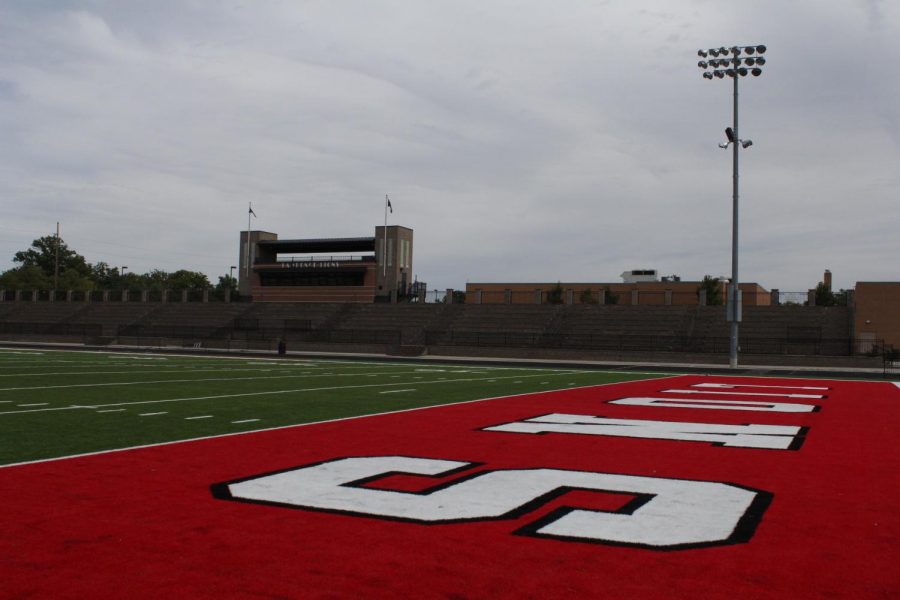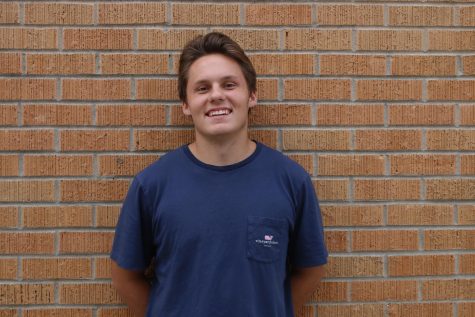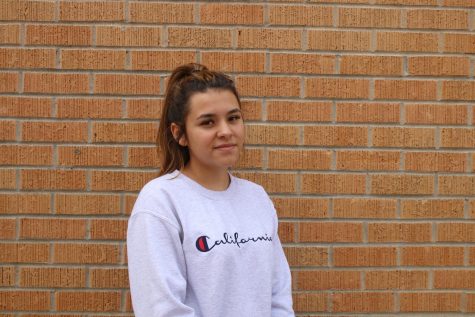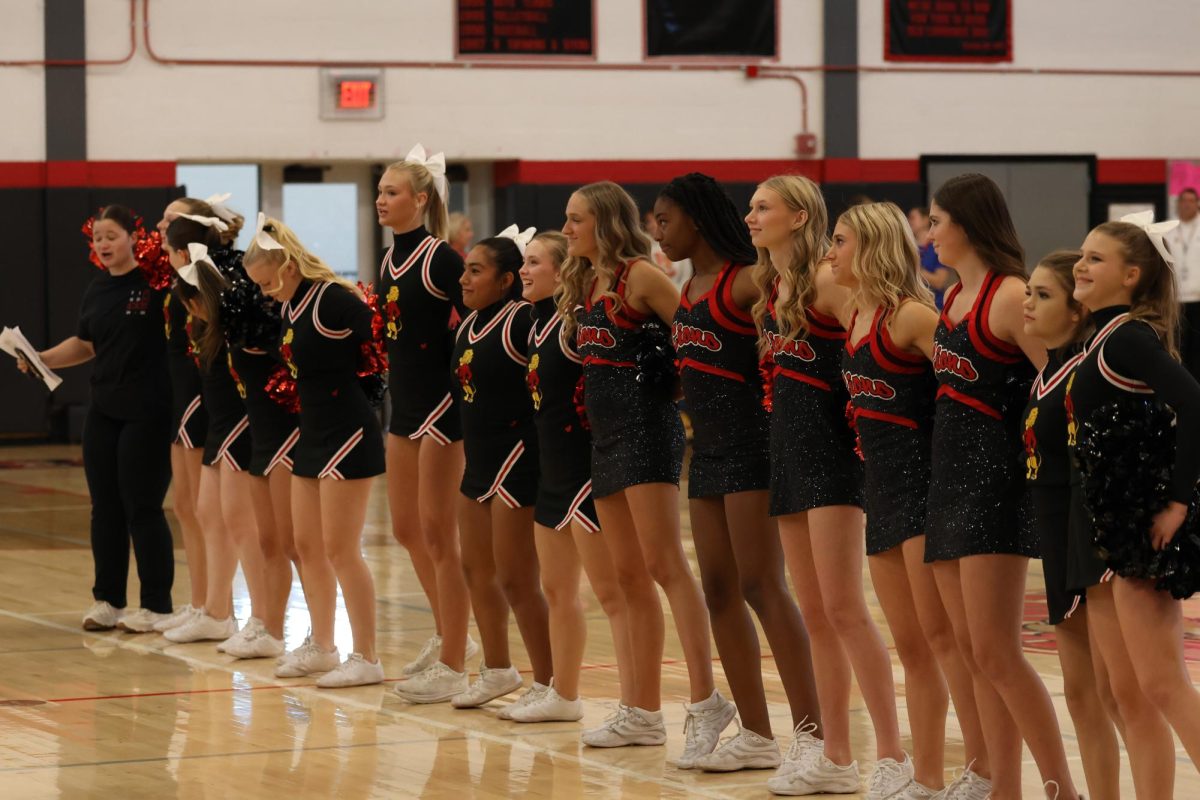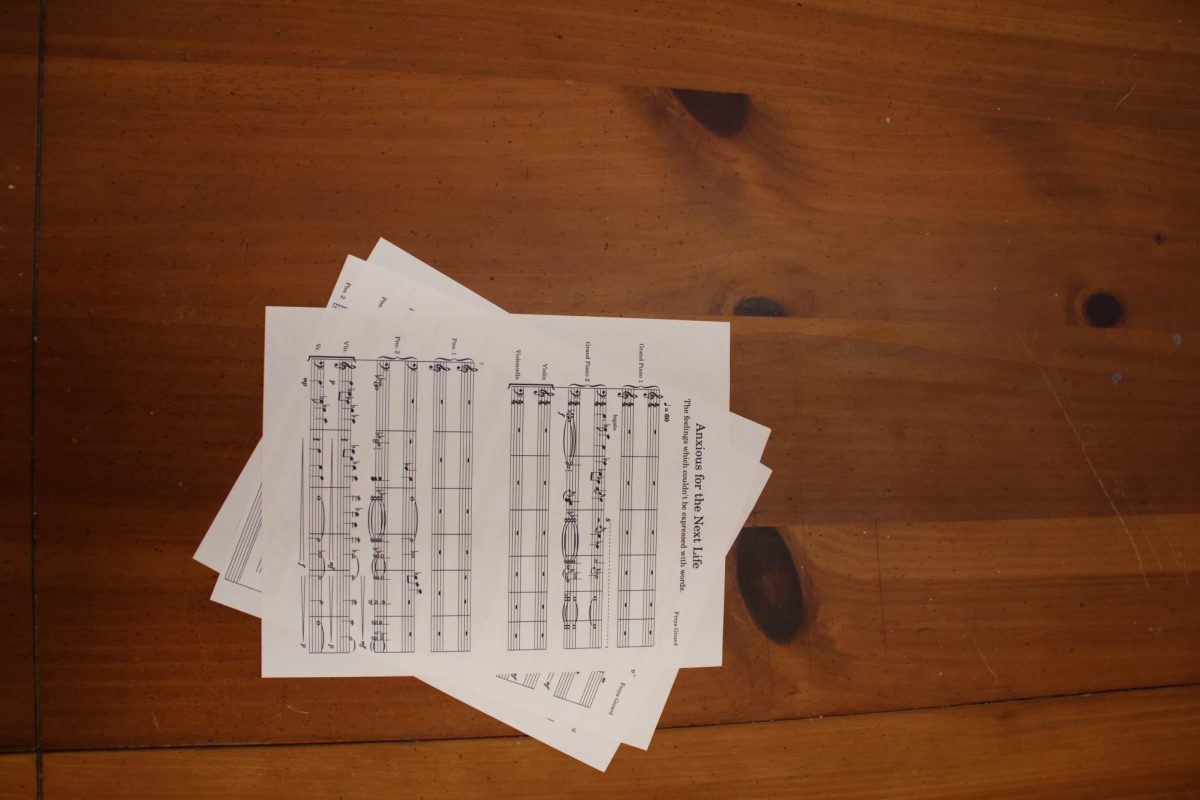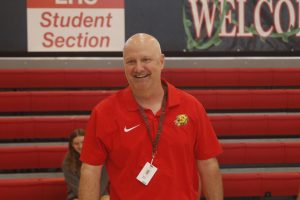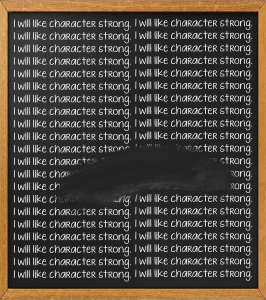Turf trouble
After summerlong renovations, district, athletes, experience unexpected issues
September 28, 2018
The Lawrence School District in 2009 took a groundbreaking step toward improving its athletic facilities, replacing the surfaces of both Lawrence High and Free State’s football, soccer, softball and baseball fields with new turf fields.
The typical lifespan of a turf field in 2009 was eight years. However, all facilities in the district are open to public use, increasing the foot traffic on football and soccer fields by a considerable margin.
With these factors combined, the athletic facilities were feeling the results of turf burn.
During the summer, the district began work on the $4.57 million project, replacing the turf on all eight fields.
As a result, many athletic programs spent the majority of the summer practicing off campus or at different fields.
However, many of the parties involved believe this was a necessary tradeoff for the major improvements that came with the new fields.
First year athletic director John Hilton said the fields represent willingness from both the athletes using them and the community supporting them to have the best possible facilities.
“By passing the bond for all the improvements, that tells me that our community understands the importance of extra-curricular activities as part of the comprehensive high school experience,” Hilton said. “It also tells me that they want our student/athletes to have the best/safest facilities in which to compete.”
However, this support was tested during the summer when a setback was discovered in the construction process.
Longstanding drainage issues were discovered in both the soccer and baseball facilities, causing setbacks in both time and budgeting.
According to Hilton, with any project of this scale, such difficulties are expected.
“With any large project of this magnitude, there are always going to be challenges,” Hilton said. “When you start ripping into old facilities, you generally find some surprises that you don’t expect or necessarily plan for.”
The soccer field, among the first projects to be started, was finished prior to their season opener, but the baseball field still remains a work in progress.
According to Julie Boyle, executive director of communications for USD 497, the issue is a result of drainage trouble during the years.
“When the baseball turf was removed, there was sediment under the turf that prevented the water from draining properly,” Boyle said. “When the water puddles on the field, it will move the rubber infill, which may cause an unsafe playing surface.”
Normally, the boys soccer c-team practices on the baseball field, but without this field, it shifted around the schedule for the entire program. Now, the varsity team generally practices from 5-7 p.m., after both the c-team and junior varsity teams have finished. This shift is just one more the team has experienced this year, after having to practice at the soccer stadium, football field, tennis courts and baseball field at different points of the summer.
“It’s been a lot different just adjusting my schedule,” senior Garrett Hart said. “I have a lot less time to do homework because I don’t usually get home until after 7:30.”
However, with plans well underway to complete the baseball field, this issue looks to be remedied.
Despite implementation headaches, athletes, coaches and community members who rely on these fields are more than happy.
“The new turf has been great, especially compared to the old turf,” Hart said.



